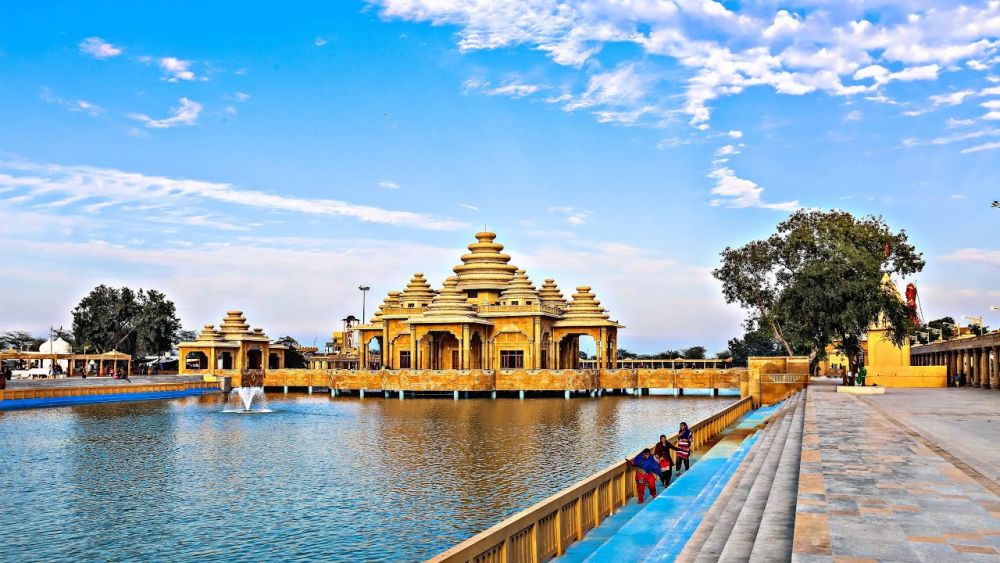

The ancient pilgrimage site of Ram Tirath, situated at a distance of about 11 km from the historic city of Amritsar in Punjab, India, is steeped in mythological and religious significance. According to Indian epics, Ram Tirath is believed to be the place where Maharishi Valmiki, the author of the Hindu epic Ramayana, had his ashram (hermitage). It is here that Sita, the wife of Lord Rama, is said to have found refuge during her exile and given birth to her sons, Luv and Kush.
Tourism at Ram Tirath has been a longstanding tradition, with devotees visiting this sacred spot for centuries to pay their respects and gain spiritual solace. It traditionally revolves around the ancient tank (sarovar), which is believed to possess healing properties, and the Valmiki temple, which stands as a testament to the epic’s origins.
The history of Ram Tirath as a tourist destination is intertwined with the story of Valmiki Ramayana. In recent times, various steps have been taken by the government and local bodies to ensure that the history and culture of this significant site are preserved and promoted to visitors. The annual fair of Ram Tirath which features a performance of the epic tale of Ramayana, approximately a month after Diwali, attracts visitors and pilgrims in large numbers.
Latest Tourism Trends
The tourism sector at Ram Tirath has been evolving with the times. As part of these trends, the site has seen infrastructure development, making it more accessible to visitors, both domestically and internationally. Efforts have also been made to incorporate technology into the tourist experience, ranging from virtual tours to mobile apps providing detailed information about the pilgrimage site. Additionally, cultural efforts such as light and sound shows that narrate the epic tales associated with Ram Tirath have been conceptualized to attract the younger audience and provide an interactive experience.
In recent years, the push towards eco-friendly tourism practices has also reached Ram Tirath. Efforts are underway to maintain and improve the natural surroundings of this holy site while ensuring that the influx of tourists does not harm the environment. A balance between preserving the sacred ambience and modernizing facilities is key to the future growth of tourism at Ram Tirath.
Conclusion
Ram Tirath continues to be an important spiritual and cultural destination. Its deep historical roots and religious importance make it an integral part of the heritage tourism circuit in Punjab. As the world moves towards more sustainable and respectful forms of tourism, Ram Tirath stands as a shining example of how ancient sites can adapt and thrive in the modern era.